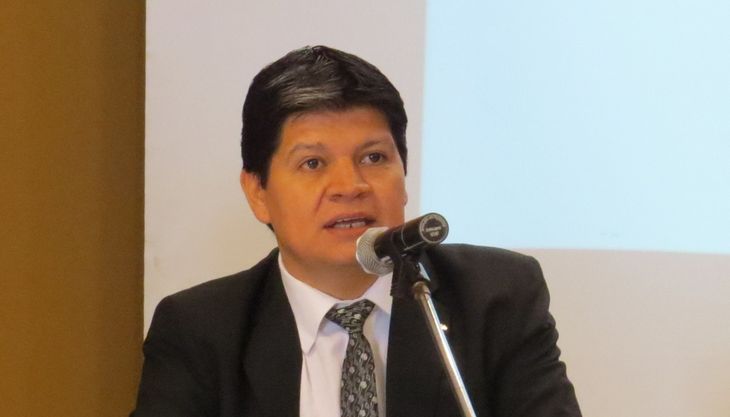The consumption in the SME shops it fell again in January and February, and the sector expressed its concern. The holder of the CAME, Alfredo Gonzálezsaid that beyond the great tourist season, the small and medium sector had falls in sales.
SMEs.jpg
Inflation and the macro, two central problems for SMEs
In January and February they registered falls, according to the survey carried out by the CAME.“Not only does the drop in sales hit us because the purchasing power of our customers is reduced, but also the macroeconomic uncertainty that is generated and that hits squarely in the day-to-day of our companies, which we know well that we are not the ones who form the price,” said González.
And praised: “It is not that those who form the price are to blame, but the macroeconomic situation and this inflationary process that unfortunately has grown again in the last two months.”
“In the case of industrial SMEs, a minimum but important level continues to be maintained, which means that the use of installed capacity is still at 70%, although it has dropped from 75%, but it is still high and that made that in some way the SME industry continues to maintain itself, which does not mean that it is growing”, explained the leader.
Said you need to have”in time and form the inputs that are required to be able to produce. A bottleneck has been reached in some cases and that complicates a lot”. “In some cases we don’t have an authorization date in this new SIRA format. We don’t have the answer you want,” she said.
“We understand that it is not only that the government does not want to give it, but that we understand that the lack of foreign currency is quite a major problem. We always request special attention to all the SME sectors that we represent”, he stated.
Alfredo-GonzalezCAME (1).jpg

Alfredo González, President of CAME
The main problems of the sector
gonzalez He maintained that they have “many points in coincidence and very few in divergence with the UIA, the CAC and the SRA. The four entities that are the real representatives of the productive sector are in the same common objective. We all want the same thing for national production and generate that productive country that we all need. We are all on the same highway that is national production and the Argentine productive system.” He complained that hehe law on financial entities “is from the 1970s, totally leonine towards the private banking sector, little interactive and productive for the productive sector”.
“All money that is passed from the productive sector to the financial sector is not returned in the same way. We do not have the same return. That is where we really are a country where the taking of credit or the involvement of the private financial sector in the productive part of Argentina is minimal in relation to what we can really become,” he said in radio statements.
He stressed that state public banks “are the ones that give the most credit. I believe that a lot of work must be done from the beginning and a deep debate must be held on the law of financial entities to deepen financing.”
He explained that there is “a strong bottleneck with the issue of rates due to the inflationary process, but when this inflationary process goes down, we will need to have better financial lines to be able to invest and that we not only grow, that we It can grow at Chinese rates, but if you just grow and don’t develop, it’s useless and growth quickly liquefies.”
“Subsidized lines are being launched at the national level in collaboration with some lines in the provinces but we are talking about subsidized rates between 40% and 50%, it is really difficult. They are very few products that one can get a profit margin of 50%, is handled between 25% and 30%, and from that margin all the operating expenses of a company are taken out”, he pointed out.
“If we have a profit margin between 25% and 30% and the financing rate is at least 40%, if you got to have it, we are already behind in an important point,” he warned.
Source: Ambito




